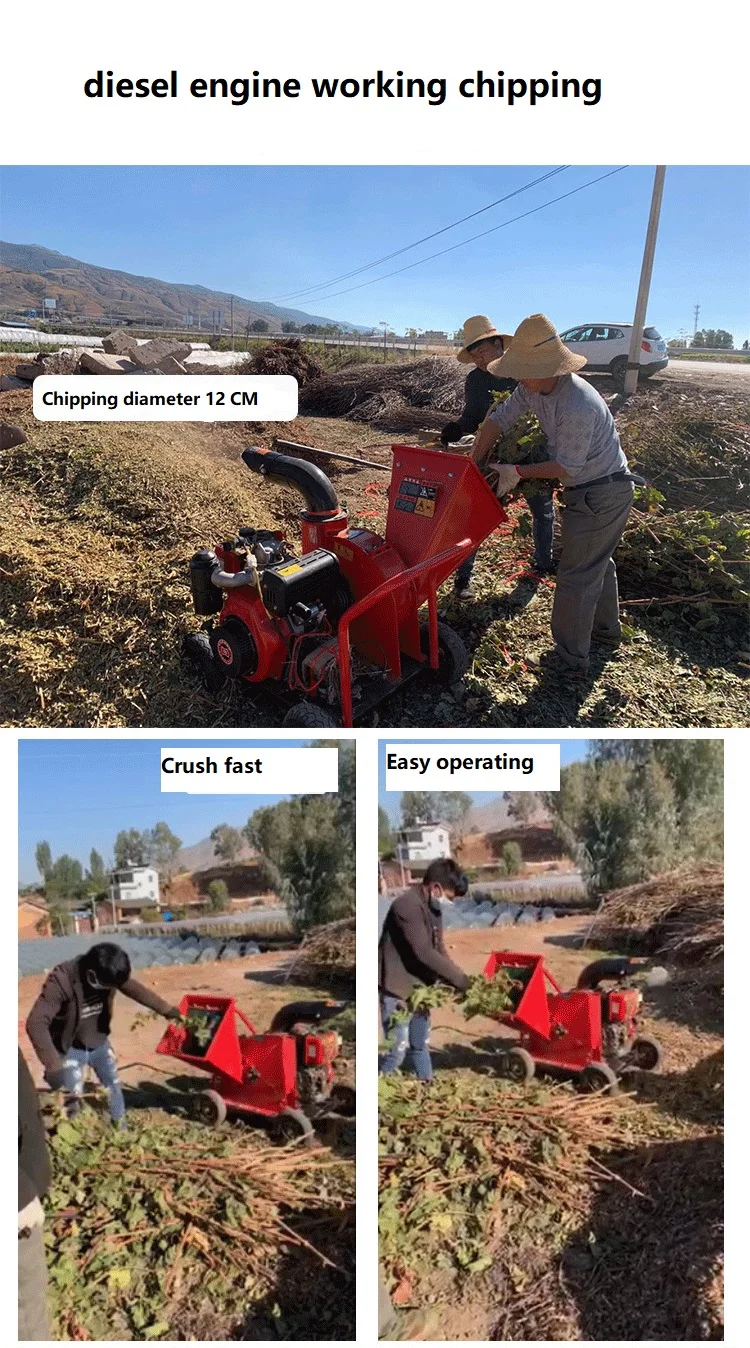


Recent (post-1997) growth in the region converted LDC’s expansive floodplain from agricultural land to housing developments. LDC has a complex history of placer mining, beaver trapping, grazing, and farming since the 1850’s. LDC marks the transition from the rugged and largely undeveloped upland Dry Creek Experimental Watershed to the lower gradient, agricultural, and residential section of the watershed. In order to understand how changes in land-use may drive spatially variable channel response, we examine a representative small alluvial stream, Lower Dry Creek (LDC), a tributary to the Boise River in Idaho. Therefore, it is important to place modern channel changes into a longer geomorphic context to fully understand the complex response initiated by land-use.
Ducar farm drivers#
However, streams also respond to other external forcings, such as tectonically or climatically-driven changes in discharge or base-level, which make disentangling the drivers of channel response complicated.

Ducar farm series#
Land-use change can trigger a complex series of channel response (such as stream channel incision or channel migration) that vary spatially and temporally in the watershed. Small streams throughout the Western United States are impacted by anthropogenic land-use including urban development, mining, logging, beaver trapping, grazing, and farming. Small alluvial streams (~100km 2 drainage area) are important for water resources and aquatic habitat.


 0 kommentar(er)
0 kommentar(er)
